Popular on Food52
19 Comments
Caryn S.
December 16, 2016
Hi James - for the picture in the laundry facility, did you need to use any props or assistance from a light bounce, etc?
Lovey photos. Thanks!
Lovey photos. Thanks!
FreehandKitchen
April 2, 2015
I've been learning and playing with food photography. It's obvious daylight is easy to work with, but it is so impractical to depend on that, such as if you have a day job. I've read books, searched online...virtually every source either ignores, avoids or decries using indoor lighting or how to do it instead of natural light. It's frustrating for someone trying to get started who doesn't have the luxury of already being a full-time photog or food blogger setting their work schedules with the sun. What can one do? I know it isn't impossible to get great pics at night, just would love to learn how! Someone should write a book or blog about only working without natural light. They would be a hero and appear way more advanced than those who have it easy with sunlight!
JCCraves
July 10, 2014
Gorgeous photos and spot on advice. I sometimes feel like a broken record, imploring iPhone photogs to turn off that flash! I'd rather see no photo than an unappetizing washed out food photo.
Minimally I.
July 10, 2014
As you said, natural light is key! Even though I have strobes and enjoy shooting with them from time to time, I always opt for natural light for my food photos whenever possible.
slothful S.
July 10, 2014
I'm like you: my entire blog is powered by the natural light from my apartment (and on an iPhone 5s, no less — I don't have a 'real' camera). the biggest challenge for me has been adjusting my surroundings to accommodate for different times of day, since not all natural light is created equal.
my three best tips for as an evening-only cook:
1) I save and reconstitute leftovers. if it's 9pm on a Thursday or 5pm in the Chicago winter (and usually it is), I just keep the spare stuff, reheat, plate, and shoot it in the morning before work. Then I eat it for breakfast.
2) I always shoot at least three versions: one very far out, one with the composition I think I want, and one that's closer up than I could imagine using. I have been very surprised at which ends up being the most appetizing in the end.
3) for iPhone users, the VSCO cam app and Snapseed app, using manual adjustments, have proven invaluable to upping the style quotient of pictures after they're shot.
these the only reasons why no one can tell outright that I don't own a DSLR.
my three best tips for as an evening-only cook:
1) I save and reconstitute leftovers. if it's 9pm on a Thursday or 5pm in the Chicago winter (and usually it is), I just keep the spare stuff, reheat, plate, and shoot it in the morning before work. Then I eat it for breakfast.
2) I always shoot at least three versions: one very far out, one with the composition I think I want, and one that's closer up than I could imagine using. I have been very surprised at which ends up being the most appetizing in the end.
3) for iPhone users, the VSCO cam app and Snapseed app, using manual adjustments, have proven invaluable to upping the style quotient of pictures after they're shot.
these the only reasons why no one can tell outright that I don't own a DSLR.
Two T.
July 9, 2014
Nice tips! Any tips for taking a complete night-time indoor photo with no natural light options? I try to avoid it but sometimes you want to capture something that came out of the oven at 9 pm!
Debbi S.
July 9, 2014
I would have loved to see the setup shot. How far away from the window was the food and how tall are the black foam core boards
Karen
July 9, 2014
You don't always have to use the kitchen window. Check out the natural light from each of your windows at different times of the day. Found this invaluable
Panfusine
July 9, 2014
THank you so much for those amazing tips, My problem is that my kitchen has 2 huge skylights that makes it very difficult to get good photos with natural light from the window in the afternoon. I try to make do by blocking as much light as I can with a rickety trifold Poster board covered with a black woolen shawl. This gives me a very narrow window between 4:30 - 5:30 pm.. getting dinner ready before that.. Phew!
I'd like your opinion to diuberts question as well.. whats the next step up to a basic DSLR?.. Thanks again!
I'd like your opinion to diuberts question as well.. whats the next step up to a basic DSLR?.. Thanks again!
em-i-lis
July 9, 2014
My biggest challenge is that half of what I cook is made after I get my kids in bed. That means very little natural light.
em-i-lis
July 9, 2014
This is really well done. Succinct, helpful, easy-to-take-away tips. Thank you, James!
Gibson2011
July 9, 2014
I think finding the time to photograph is really difficult. My time to shoot typically comes when my toddler is napping, though my lighting options might not be the best. Consequently, I usually feel very rushed.
Tamara
July 9, 2014
Thanks for the great tips. I do try to focus a lot on natural light but living in London it's often very grey outside and the light doesn't always give the effect I'm after...any suggestions!?
Alexandra S.
July 9, 2014
For ages I lived in a super dark apartment with absolutely NO natural light (or even overhead light) in Brooklyn. It really made my photography and blog suffer!
I'm finally back west where the days are longer and I have access to natural light, I can't wait to take my food photography to the next level!
I'm finally back west where the days are longer and I have access to natural light, I can't wait to take my food photography to the next level!
dieubert
July 9, 2014
what kind of "professional" camera do you suggest that is a step up from a point and shoot?
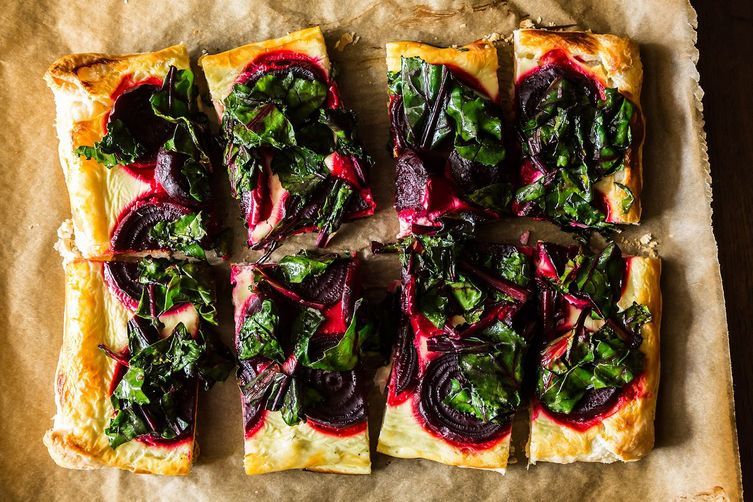
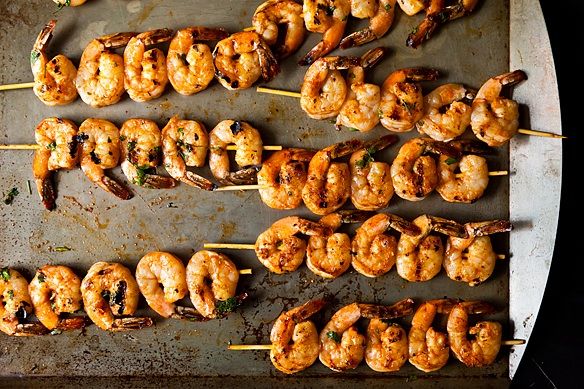
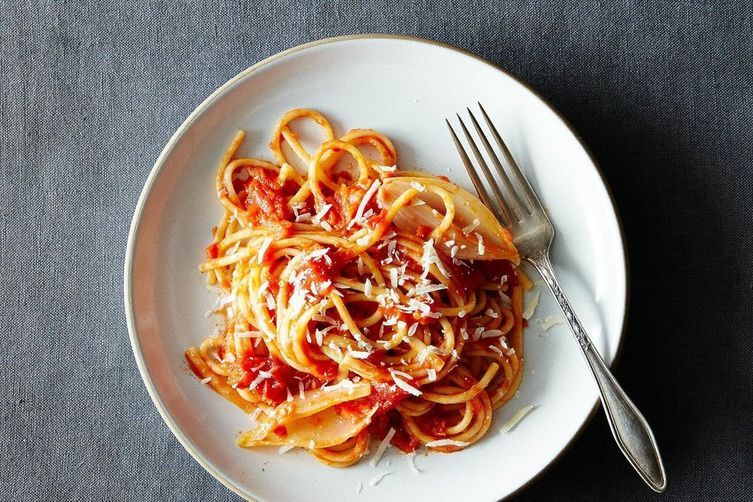
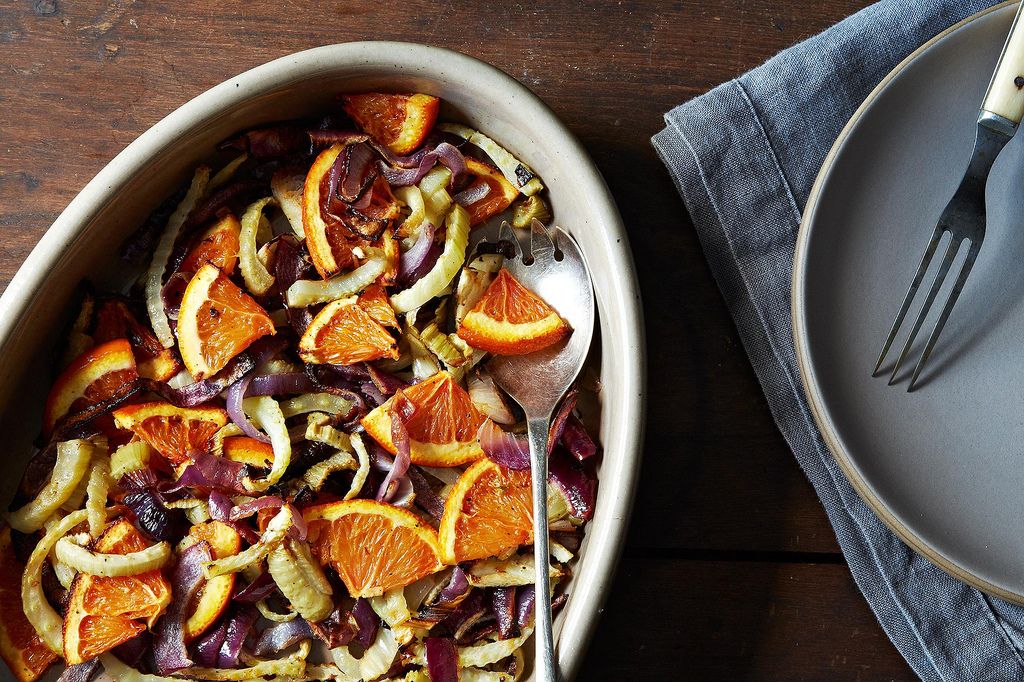
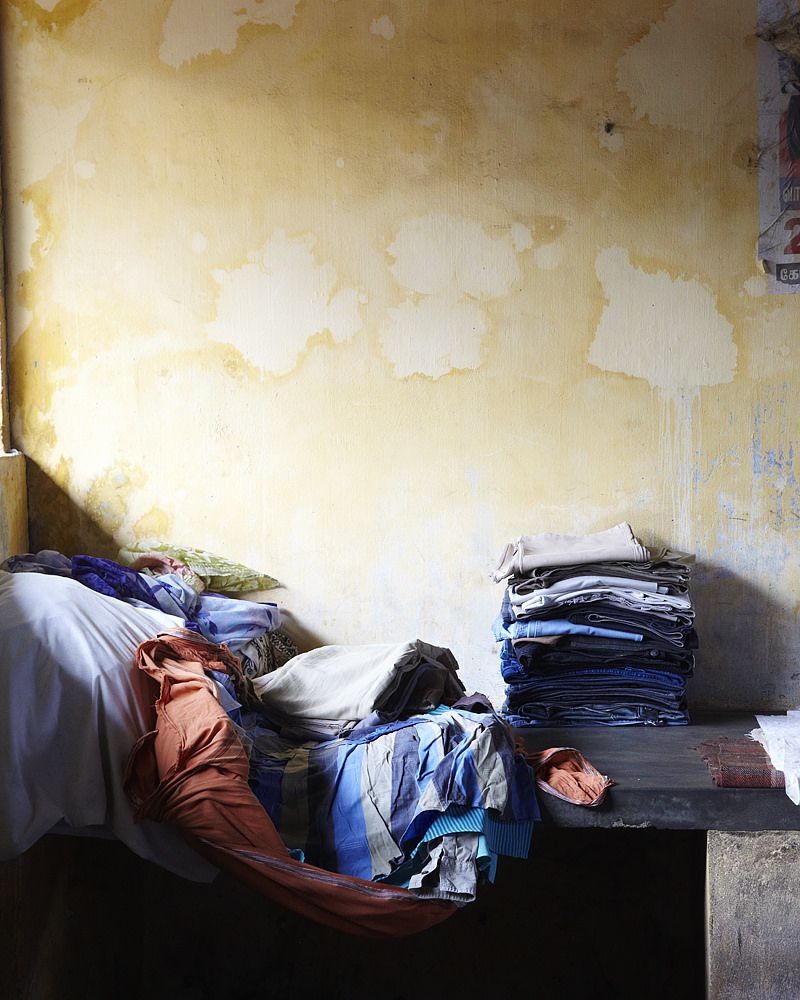

See what other Food52 readers are saying.